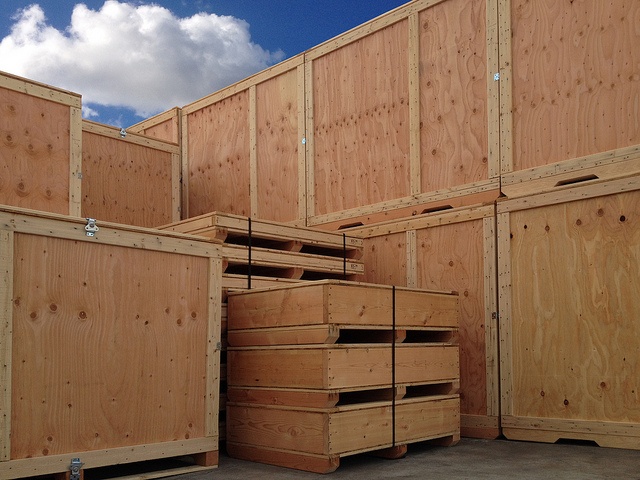RFID technology may sound like a recent addition to our raging technology scene, but it’s not! In one form or another, says the Department of Homeland Security (DHS), RFID has been commercially available since the 1970s. Well, the remarkable world of technology has come such a long way since then that it touches every American (in one form or another) every single day. Unfortunately, no matter where you live in the world, when it comes to advances in technology (or any form of progress) threats are rarely far behind.
 |
| A RFID tag used by Wal-Mart |
RFID, which stands for Radio Frequency Identification, is more popular today than ever before thanks to record high levels of theft and fraud in just about every area of our tech-filled daily lives. Fortunately, to keep up with current security, industry, and consumer trends, RFID technology continues to improve almost daily, with an ever-expanding list of extraordinary applications.
RFID technology may be used in:
|
|
And that’s just for starters. In these areas and many others, not only does RFID technology help keep us safe, it helps governments, businesses, and consumers prevent billions of dollars in losses each year.
How Does RFID Technology Work?
RFID “uses radio waves to identify people or objects” says Homeland Security. “There is a device that reads information contained in a wireless device or “tag” from a distance without making any physical contact or requiring a line of sight.” The U.S. government uses Vicinity RFID-enabled documents that can be read by “authorized” readers from 20 to 30 feet away, and Proximity RFID-enabled documents that can only be read by an authorized reader from a few inches away. Depending on the business, industry, etc., one or several different RFID types may be used.
RFID in the Packaging and Shipping Industry
In the world of packaging and shipping, RFID offers more than just protection against theft and fraud. It helps businesses track damage, loss, error, expiration, slow delivery, and more. Shipping crates and containers are the most popular way to ship cargo around the world. RFID allows companies to track containers and shipping crates “in each link of the supply chain,” says Finland-based Nordic ID. “Active RFID Tags can be used to track containers in real-time in yards and docks. Ultra-high frequency RFID has long identification distance and speeds up identification.” In short, RFID:
- Offers Visibility of Real-Time Cargo Movement
- Helps Accelerate the Speed of Delivery
- Increases Accuracy
- Improves Efficiency
In addition to shipping crates and containers, RFID tags may be incorporated into heavy duty wood box designs, part specific boxes, light duty boxes, and much more. If RFID sounds like a winner for your company’s packaging and shipping needs, Valley Box can help.




